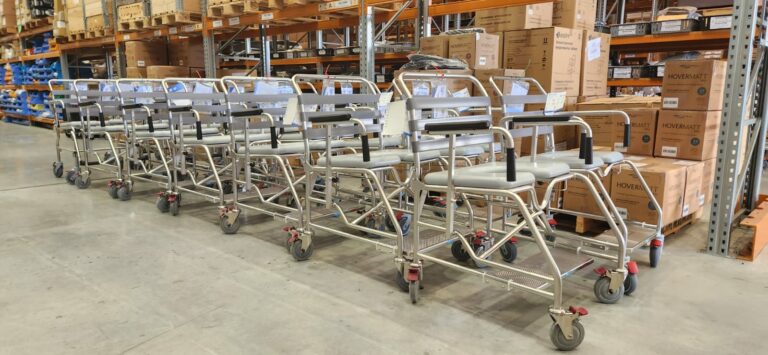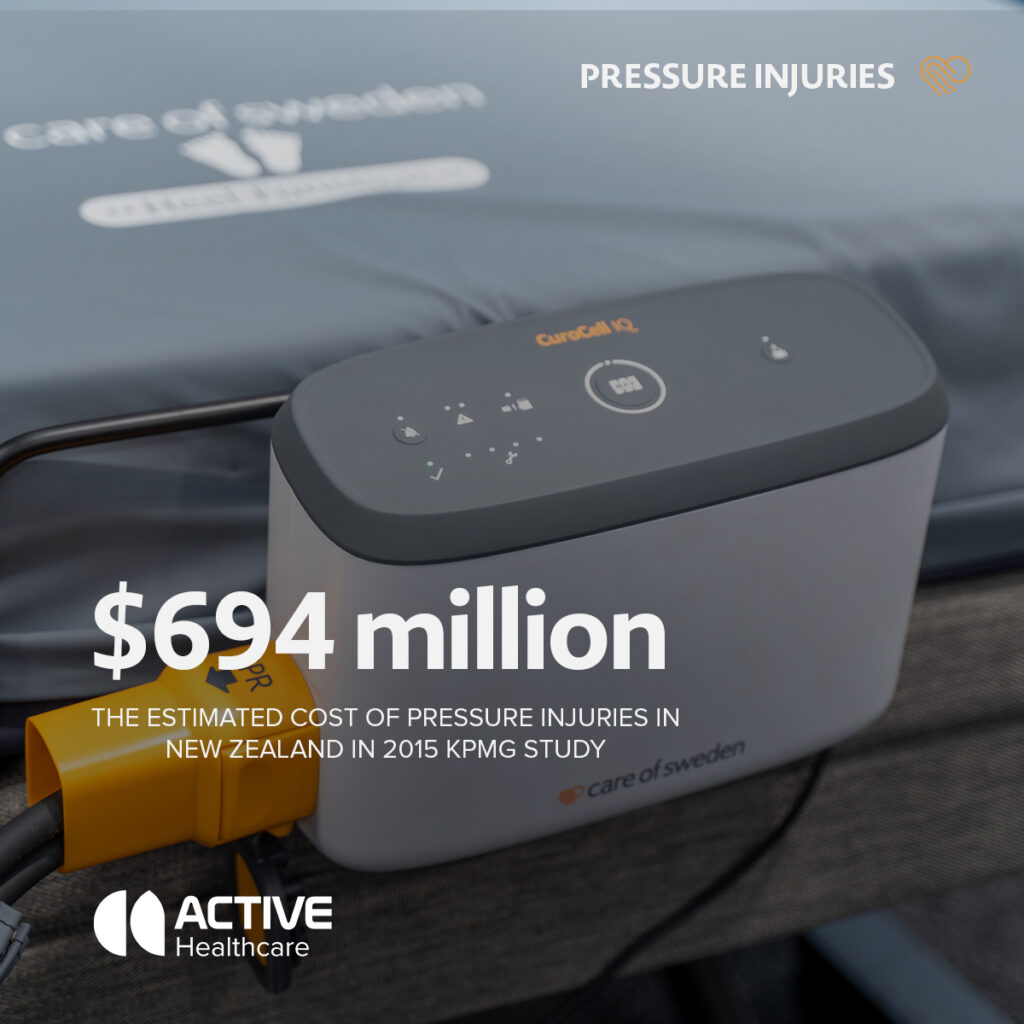Preventable pressure injuries cause unnecessary suffering and cost millions in New Zealand hospitals, fortunately preventative measures can help reduce the burden.
Pressure injuries are a common health issue that affects many individuals, particularly those with limited mobility or who are bedridden. These injuries can cause significant pain and discomfort for those affected, and can also result in significant costs for society as a whole. In fact, research suggests that the majority of pressure injuries are preventable, highlighting the need for increased awareness and proactive measures to address this issue (1).
From a health economic perspective, the costs associated with pressure injuries can be substantial. A 2015 KPMG study in New Zealand found that the total cost of pressure injuries in was $694 million per year, and it has likely to highly exceeded this cost some nine years on. This figure includes direct costs, such as treatment and care expenses, as well as indirect costs, such as lost productivity and reduced quality of life for patients and their whanau(2).
Preventing pressure injuries requires a multifaceted approach that involves identifying at-risk patients, implementing preventative measures, and providing timely and appropriate treatment when injuries do occur. Key preventative measures include regular repositioning of patients, ensuring proper nutrition and hydration, and implementing appropriate skin care protocols. Additionally, early detection and treatment of pressure injuries is critical to preventing further damage and as well as costs.
We recommend the following products as a guide, according to the pressure injury risk factors and category:
Category Four Injury:
Category Three Injury:
Category Two Injury:
Category One Injury:
If you are unsure, please give our team a call and we can walk you through prescribing the right pressure care mattress for your patient.
In recent years, there has been growing recognition of the importance of addressing pressure injuries as a public health issue. The NPIAP, EPUAP and Pan Pacific Pressure Injury Alliance (PPPIA) have worked in collaboration to develop a new pressure injury prevention and treatment clinical guideline. The intent of the collaboration is to advance international consensus in pressure injury prevention and treatment, and provide guidance and support for healthcare professionals and organizations working to prevent these injuries(1).
Despite these efforts, pressure injuries remain a significant concern in New Zealand and around the world. In addition to the human toll, the economic costs associated with these injuries underscore the need for continued investment in prevention and treatment efforts. By increasing awareness and implementing evidence-based strategies, our team can work with you towards reducing the incidence of pressure injuries and improving outcomes.. We are happy to prescribe the right pressure care solution for your patient and their environment.
References:
- European Pressure Ulcer Advisory Panel, National Pressure Injury Advisory Panel and Pan Pacific Pressure Injury Alliance. Prevention and Treatment of Pressure Ulcers/Injuries:
Clinical Practice Guideline. The international Guideline. Emily Haesler (Ed.). EPUAP/NPIAP/PPPIA: 2019
2. KPMG Pressure Injury Report 2016 (2015) The case for investment in: A quality improvement programme to reduce pressure injuries in New Zealand.
from https://www.hqsc.govt.nz/assets/Our-work/System-safety/Reducing-harm/Pressure-injury/Publications-resources/KPMG-pressure-injury-report-Jan-2016.pdf














